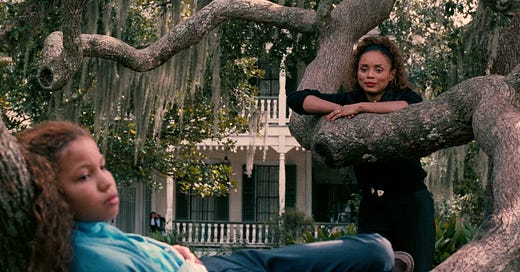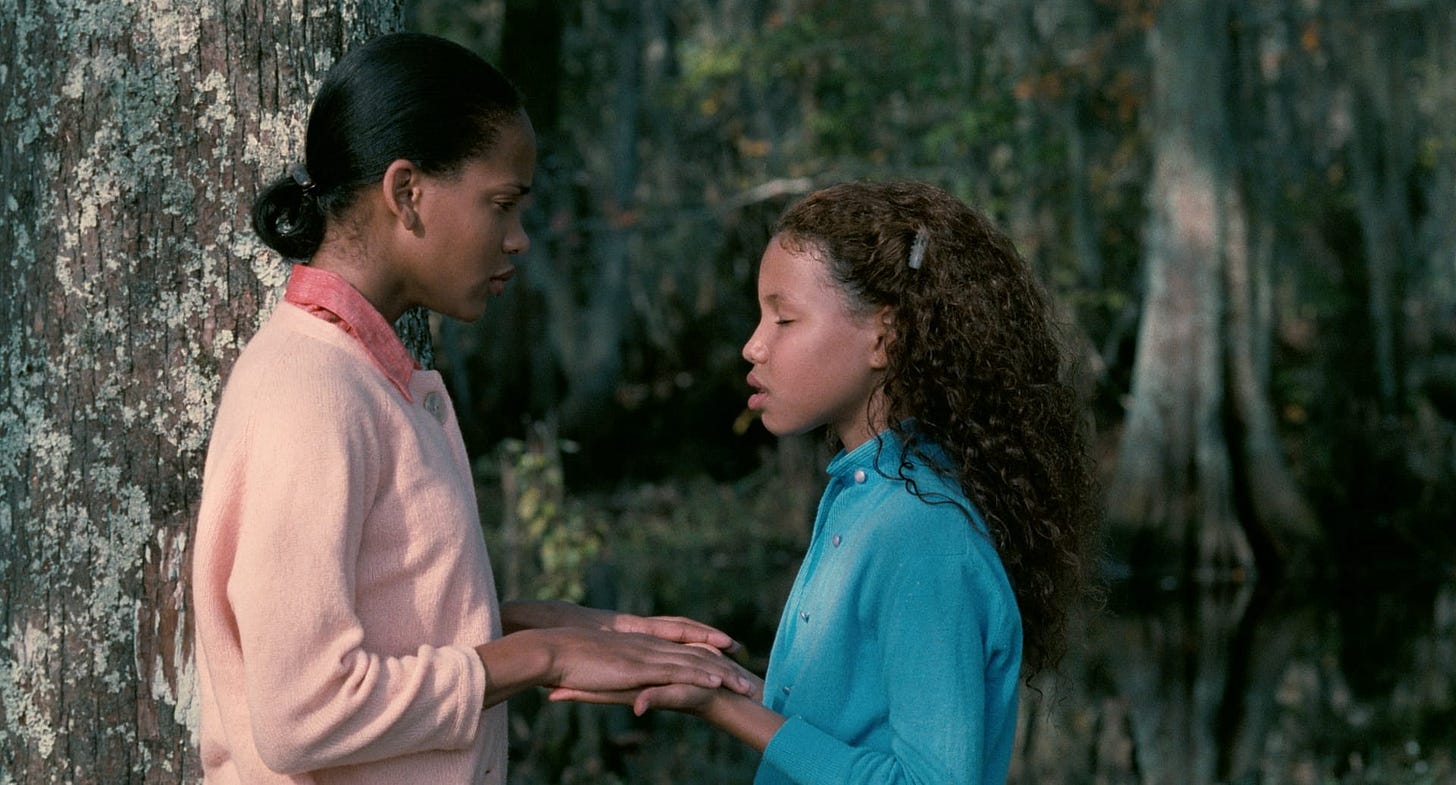I can’t exactly remember when I first watched Kasi Lemmons’ Eve’s Bayou. I feel like, much like the visions, and ghosts that appear in the movie, it was always in the air. But I do remember how vast and expansive it played in my mind, how the trees seem to bend away from truth, toward illusion, how the Batiste family was otherworldly yet familiar, if only because they appeared so refine, so regal. When I watched the new 4k treatment of the film, released via the Criterion Collection, those memories returned to mind in sharp clarity.
It’s interesting. I didn’t initially seek out interviewing Lemmons. Maybe because I knew the Criterion release would coincide to a portion of the calendar when I knew I’d be swamped.
And yet, the timing worked out just so, in fortuitous fashion, for me to talk with her yesterday. Bold, funny, and imaginative, Lemmons was everything I hoped she’d be. We spoke for 25 minutes for The Playlist about the film that changed her creative life, and next one, the Whitney Houston biopic “I Wanna Dance With Somebody,” she hopes will do so again.
Here is an excerpt from the interview:
What was the location scouting like for the Batiste home?
Well, one of the weird challenges that is not necessarily conspicuous is that I didn’t want them to be in a plantation house. I just didn’t want the Batistes to have that vibe. You know? I didn’t want that. I didn’t feel that they lived in a plantation house, even though they were descended, as part of their history, from enslaved people. And yet, we scouted a lot of plantation houses. But, once again, I didn’t like the vibe.
And I don’t know if you’ve been on plantations, I came to appreciate it in a different way when I was making “Harriet,” it felt like hallowed ground, but in “Eve’s Bayou” that wasn’t what I was going for. That was one of the challenges. I also wanted a house on a bayou. Because I had the final shot of the film in my mind of there being reflective water. And you know, bayous flood. There are not a lot of houses that are just on water? That was also really challenging. So one was finding a house where everything about it said “freedom.” Even deciding on the color inside, which was definitely an argument and a difference of opinion with my production designer about what color means freedom. I wanted it to be Southern, but have a vibe of freedom. And we found that house by the water, which is a parkhouse, and that became the Batiste House.
You can read the full interview, HERE.




